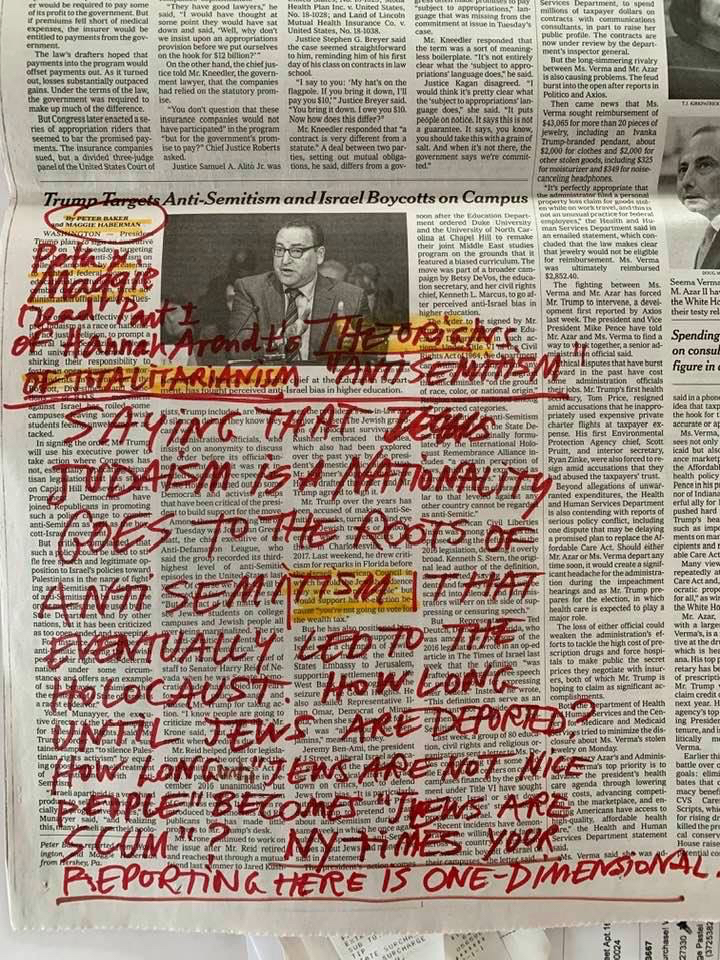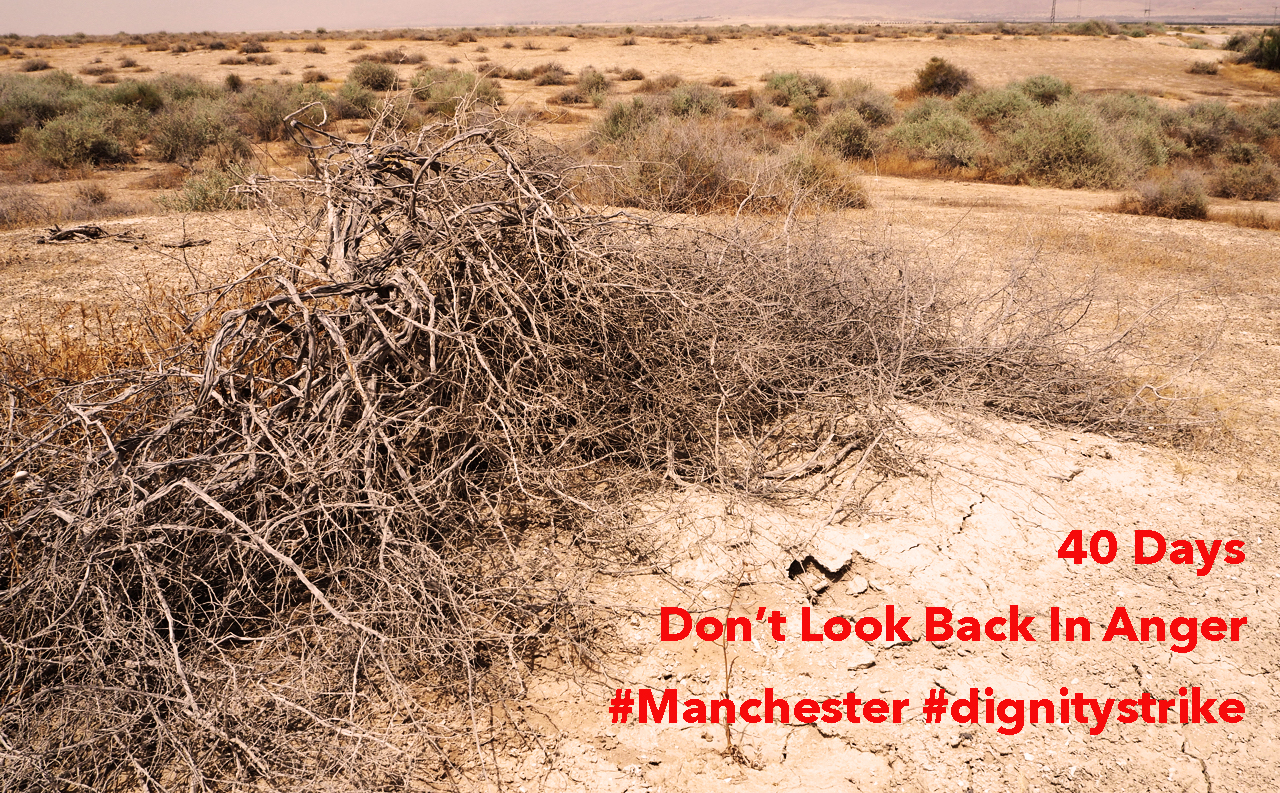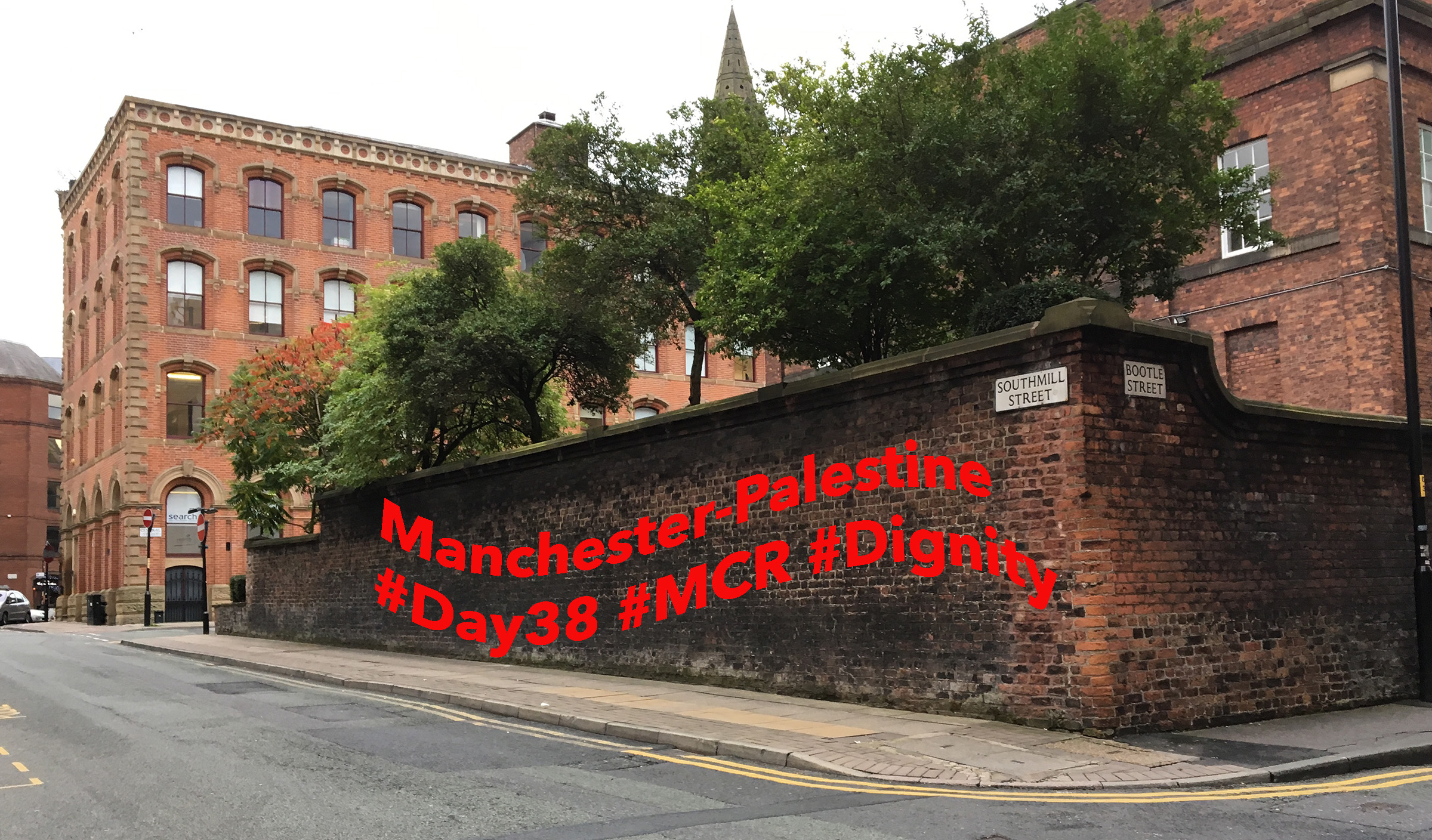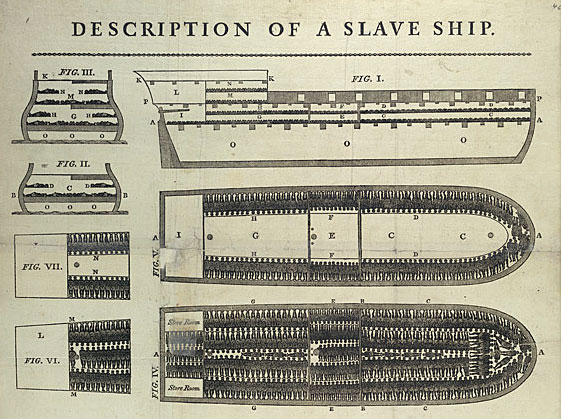Category: Palestine
-

The Jew and the Nationalists
Brexit-Trump nationalism now accuses its opponents of being racist. Not the old racism that it so gleefully parades but a newly invented tradition: anti-Israel racism.
-

Don’t Look Back in Anger #Day40
Forty symbolizes the overcoming of hardship. The Israelites wandered for forty years, while Jesus spent forty days in the desert. For hunger strikers, forty days marks the passage into system failure–the hearing goes, sight fails, the body collapses. Despite everything, let’s hear the call from Manchester: “don’t look back in anger.” The failure of the…
-

Manchester-Palestine: A Dialectical Image
For Manchester and Palestine, in solidarity In the flash of the media cameras and the detonation of a bomb, Manchester and Palestine yesterday became a dialectical image of the present. The invisible, drawn-out suffering of the hunger strikers in Palestine shatters against the hypervisible instant of mass mediated murder. The clash of two sets of images…
-

The Long Hunger Strike (Against Slavery)
These posts are difficult to write and I’m sure they are difficult to read. By measuring the time taken to write–or to read–it is possible enter the symbolic world created by the hunger strike, a world in which existence matters. It is the force of the statement made by the strike that enables this fragmentary…
-
Dying for Dignity
This is a project about time, mutant capitalism and life. Its tempo has changed from the epoch to the day. For the remainder of the dignity strike, there will be daily posts. It is now a month since Palestinians in Israeli regime incarceration began. On #day31 of his hunger strike, Bobby Sands was nominated as Sinn…
-

Salt and Baseline Communism #dignitystrike
Salt has often been a catalyst by which the interaction of life, colonialism and apartheid can be made visible and subject to change. From India to South Africa and today’s ongoing Palestinian hunger strike, salt is the means by which the inhuman form of colonial oppression can be tasted. To deny access to salt by…